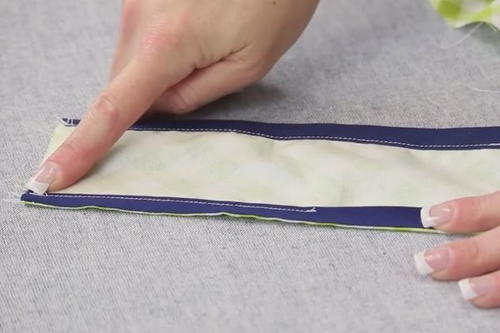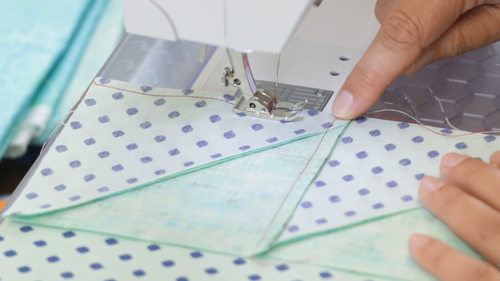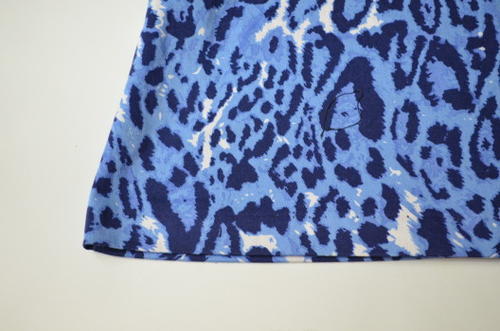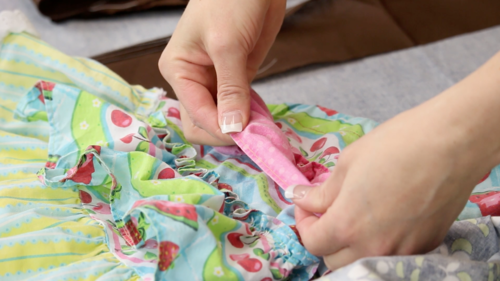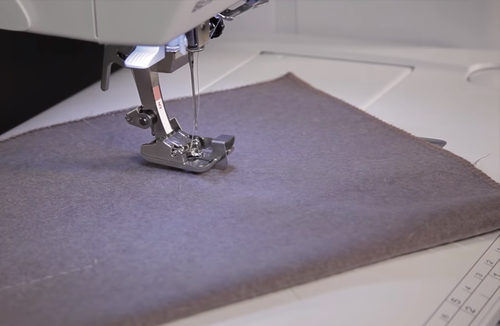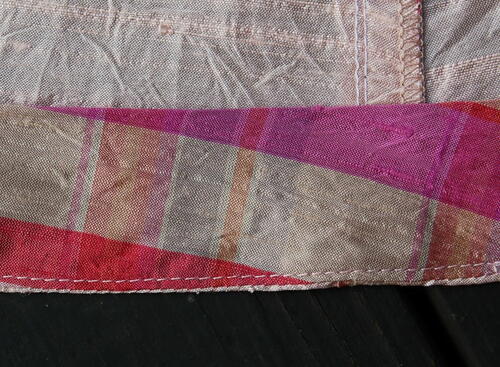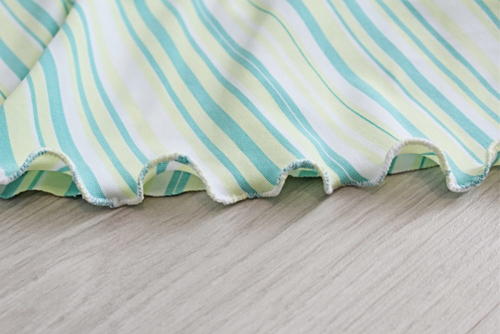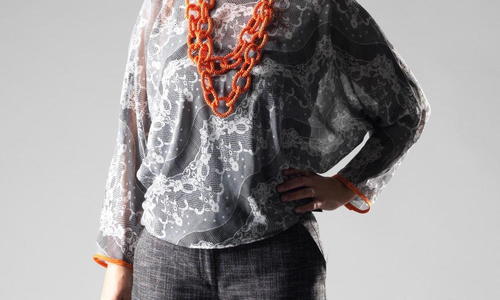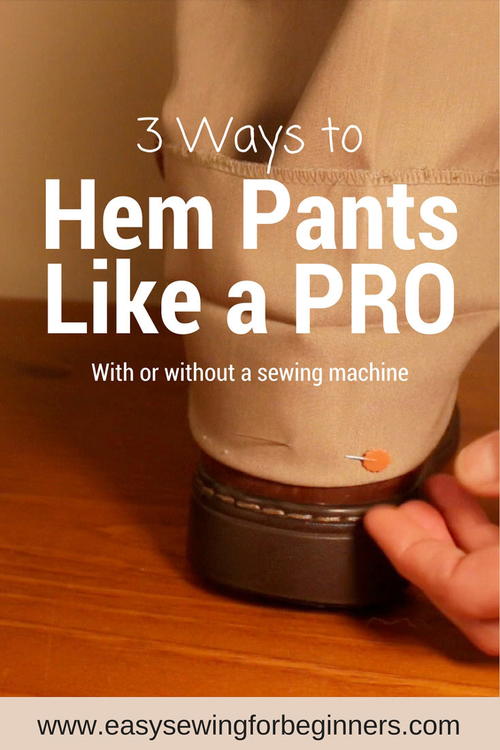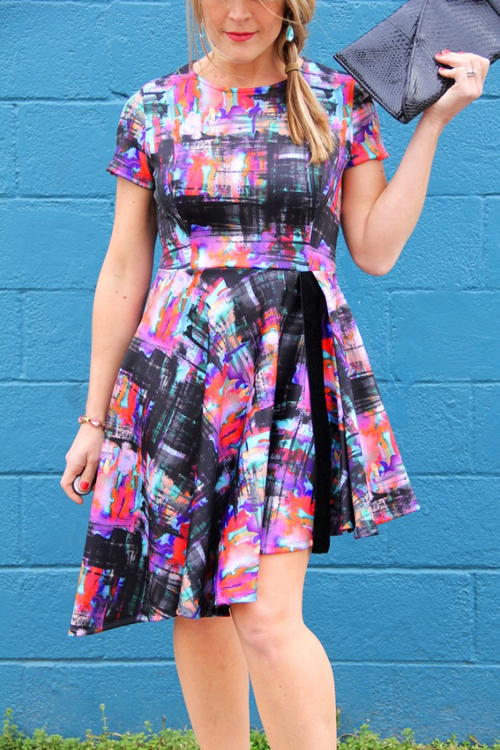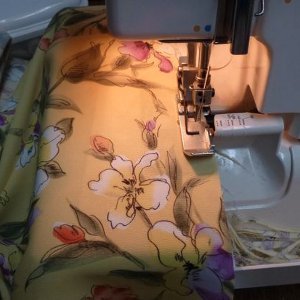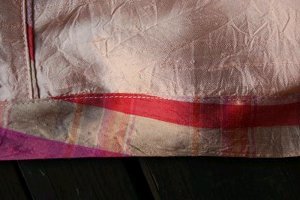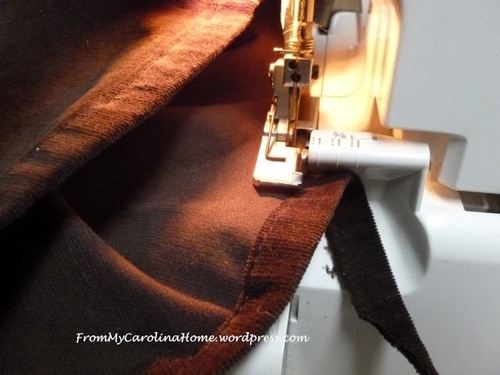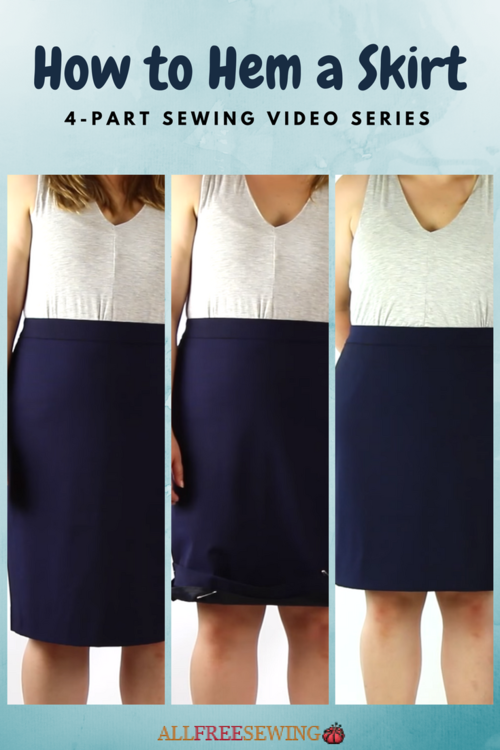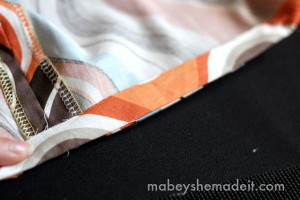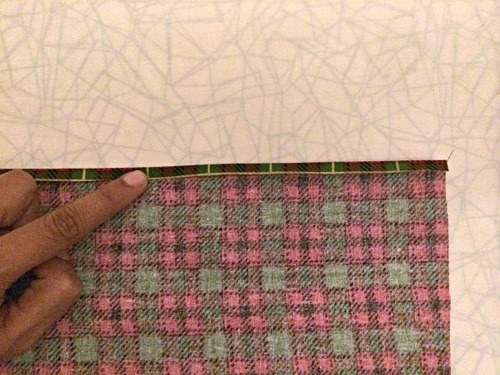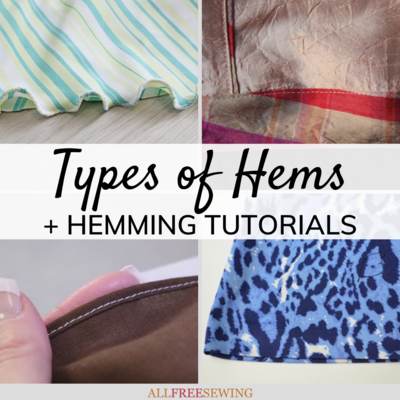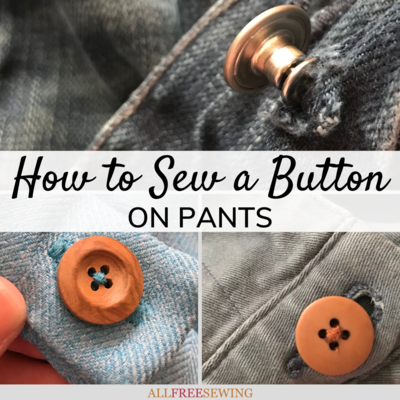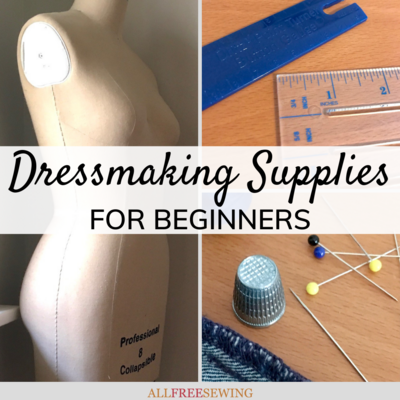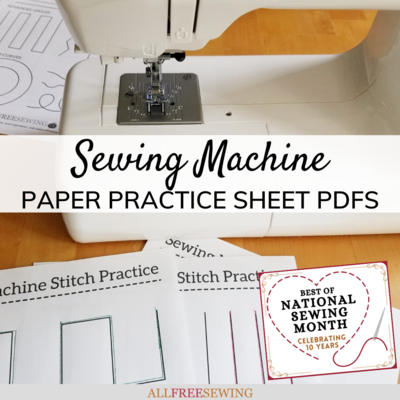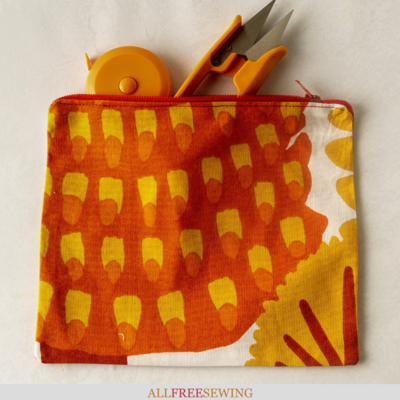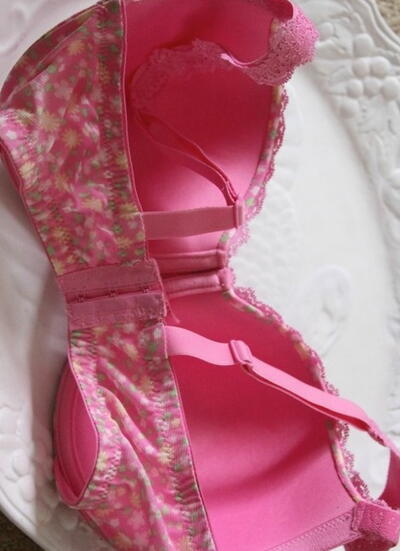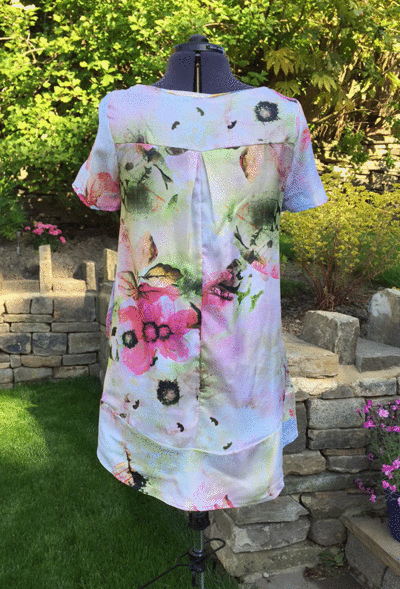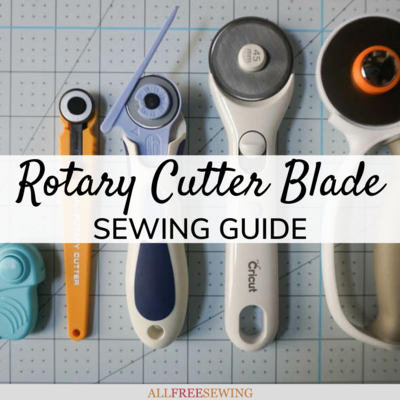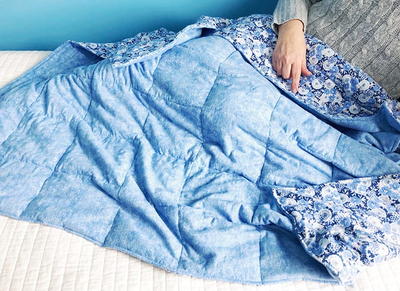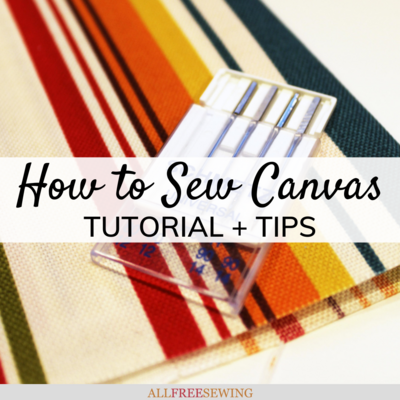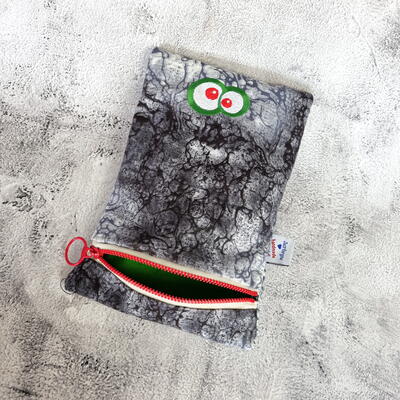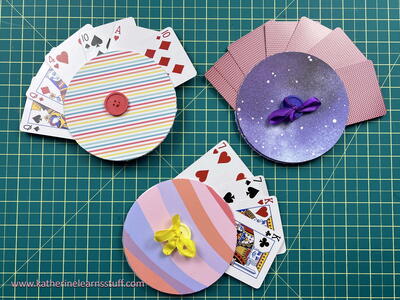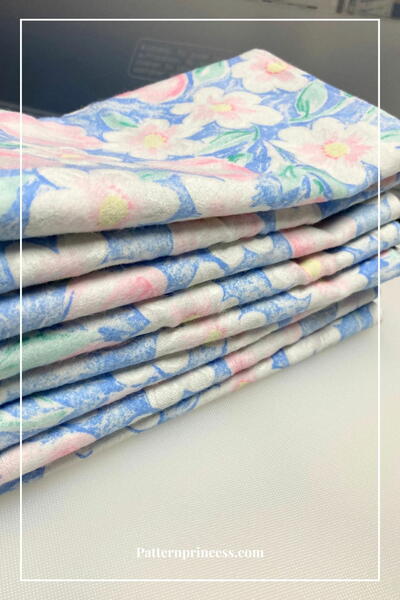Types of Hems + 10 Hemming Tutorials
Don't let your sewing fall flat at the final stage. Learn all the different types of hems to make sure your sewing is stellar from start to finish!
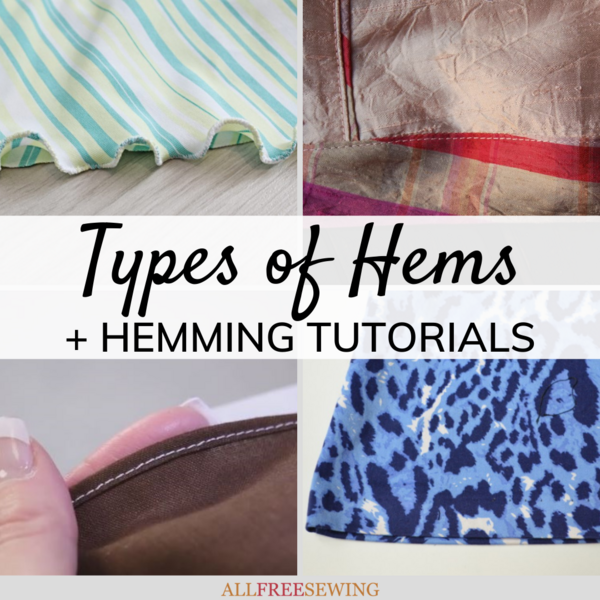
There's nothing more thrilling than finishing a garment that you've made all yourself, beginning to end. The only hitch? The hem!
Though it may seem like a simple project at first, with so many stitching, folding, and sewing machine techniques, you may feel at a loss for what kind of hem to use. What's the difference between a baby hem and a rolled hem? What kinds of hems are invisible and which can you see? Are some hems more flexible than others? What the heck is a hem to begin with?
Put your mind at ease with this simple guide to different types of hems. Learn all of the pros and cons to various hand-stitched and machine-stitched hem types, and you'll be finishing the ends of your clothes like a pro.
Even better, this manual has definitions for every term you need to understand hemming instructions. Tackle all of the sewing lingo from a "blind hemmer" to "hem allowance" with these easy-to-read terms.
When you have a jaw-dropping dress that's nearly ready to stun on date night or a tailored blouse that's a single snip from being interview-perfect, don't leave your final stitches to chance. Everything you need to select the ultimate hem type can be found in this free, online guide!
Sign Up For More Free Patterns >>>
PLUS! We have 10 hem tutorials to help you master all the different types of hems. Scroll down to find all the wonderful hemming projects to try.
What Is a Hem?
A hem is the finished edge of a garment, sewn so that the fabric has a clean end and doesn't unravel. This makes the garment more durable, and the hem gives the piece a sleek, store-bought finish. Hems can be used on any garment edge, from the ends of a dress to the bottom of a pair of trousers. Methods of hemming include everything from basic hand-stitching to sewing machine techniques, to using bias tape and other sewing notions.
Hem Definitions
-
Bias Tape: a strip of fabric that is used to fold over the edges of fabric and bind them.
Image from What is Bias Tape? guide. -
Blind Hemmer: a hemming machine that sews a chain stitch with a bent needle along the hem of a garment, thereby hiding the threads.
-
Hem Allowance: the fabric that is folded underneath the main body of the fabric to create the hem. This measurement varies from garment to garment, ranging often from 1/4" to 2". Smaller hem allowances create less bulk than wider hem allowances, and therefore work best for fuller garments.
Image from What Seam Allowance is Used in Quilting? on FaveQuilts. -
Hem Repair Tape: a strip of material that is ironed on the inside of a broken hem. The tape bonds the two surfaces together
-
Hem Stabilizer: extra material that you can add to your garment's hem to add structure, sharpness, and volume. Hem stabilizers help give a garment a crisp, tailored look. Types of stabilizer include fusible and non-fusible interfacing, horsehair braid, and adhesive tape.
-
Hem Tape: if you're working with heavy weight fabrics, you don't want to have the thickness of multiple folds adding unwanted bulk. Hem tape is a length of a piece of material that you sew onto the end of a fabric to cover up its unfinished edge.
Types of Hem Hand Stitches
-
Blind Stitch: Often used for applique additions, the blind stitch is used because of its nearly invisible design. Fold the hem allowance into a double fold hem and then pick up small bits of fabric on alternating sides of the folded edge. The needle will only pierce one layer, thereby leaving the outer fabric looking clean and unmarked.
Image from How to Sew a Blind Hem. -
Catch Stitch or Herringbone Stitch: This stitch involves sewing stitches with the needle facing the opposite direction of the stitched line. It sews a series of small, overlapping loops along the folded hem that result in a pattern of tiny x's punctuating the sewn line. This stitch is perfect you'd like to add a bit of elasticity to your hem.
-
Fell Stitch: This stitch, though less invisible than the blind stitch, is a strong and flexible hem. It crosses over the folded hem onto the garment in inconspicuous loops on the front side and crosses over the folded edge on the backside of the garment.
-
Hand-Rolled Hem: This hem is desirable for lightweight fabrics and for curved hems. To achieve a hand-rolled hem, insert two basting stitches into the edge of your hem, cut excess fabric up to the outermost stitch, roll the trimmed edge inwards, and then use slip stitches to fasten the roll.
-
Slip Stitch: The slip stitch is another flexible, near-invisible stitch to use on a double folded hem. It involves slipping the needle through one layer of fabric in 1/2" stitches and only surfacing from the fold with a tiny loop of fabric on the garment.
Types of Sewing Machine Hems
-
Baby Hem: A baby hem is a rolled hem without a rolled hem presser foot, used primarily for lightweight fabrics. To make this hem, stitch a line 1/8" below your hem allowance, cut off the excess fabric up to the stitched line, fold the stitched line underneath the fabric, and then re-sew along the line. This is also known as a rolled hem.
Image from How to Sew a Rolled Hem Video Tutorial. -
Banded Hem: To add an extra pop of color to the hem of your garment, a banded hem anchors an extra piece of fabric to the end of your piece, sewing them right sides together and then turning the sewn edge to the inside of the garment.
-
Blind Hem: This hem is good for garments that have a lot of extra fabric and is the most inconspicuous of machine hems. It involves folding the hem twice underneath the garment and once towards the front of the garment, sewing along an edge that will eventually be unfolded again.
Image from How to Sew a Blind Hem. -
Faced Hem: This hem uses interfacing to add a fun shape, such as zig-zags and scallops, to the end of a garment while keeping the fabric strong. To make this hem, attach interfacing to two matching ends of fabric and then sew the two fabrics along the hem, right sides facing together. Then, turn the fabric inside out.
Image from the Hem Facing guide. -
Folded Edge Hem: Unlike the turned hem, the folded edge hem folds the edge of a fabric underneath the garment twice before sewing it down, once at about 1/4" and the second until the hem allowance is reached.
-
Fringed Hem: To add fringe to the hem of your garment, sew a single zig-zag stitch above the hem edge to ensure that the fabric doesn't fray above this point. Then, remove the horizontal-running weft threads of the fabric so that just the vertical warp threads remain. You can use a seam ripper to pull out these threads.
-
Lettuce Edged Hem: This hem leaves your garment with a gently waved edge, popular on girls' skirts and dresses. It is achieved by first sewing in a zig-zag stitch, pulling the fabric until it rolls, and then sewing the edge of the fabric along the roll, continuing to stretch the fabric from either side.
Image from Lettuce Edge Hem Tutorial. -
Rolled Hem: The rolled hem is an advanced hem generally used on lightweight fabrics and curved hems. To make a rolled hem, roll the end of the fabric around the curve of the presser foot so that it folds under twice. This is also known as a baby hem.
Image from How to Sew a Rolled Hem Video Tutorial. -
Turned Hem: One of the simplest types of hem, the turned hem is created by turning the hem allowance under the fabric so that the wrong sides of fabric touch one another and sewing it into place.
Image from Simple Batwing Top Pattern.
Sewn Hem Tutorials
Now that you've learned all about hems, put your knowledge into practice. These tutorials will walk you through all sorts of hemming sewing projects.
Never have pants that are too long again! This tutorial offers three different ways to hem your pants beautifully.
This dress has a unique style in the form of an asymmetrical hem. What a creative and fun project to try!
This in-depth tutorial will show you exactly how to hem your skirt flawlessly, just like a professional tailor.
This sewing tutorial will teach you how to sew a hem with hem facing for a much easier alternative.
Sergers make hemming easier but hemming without is not impossible or difficult. Learn how here.
Now, if you do happen to have a serger or are thinking of getting one, this tutorial was made for you.
This detailed tutorial has videos to help visual learners see the hemming in action. Your skirt will fit perfectly.
Avoid ruining your outfit's lines by practicing your curved hem! This technique is more than worth the effort.
Whether it is the bottom of a skirt or the top edge of a tote bag, you're going to need this hemming tutorial to finish it!
This video is so simple to follow along with and provides two ways to sew the baby hem with your sewing machine.
Read NextRotary Cutter Blade Guide

